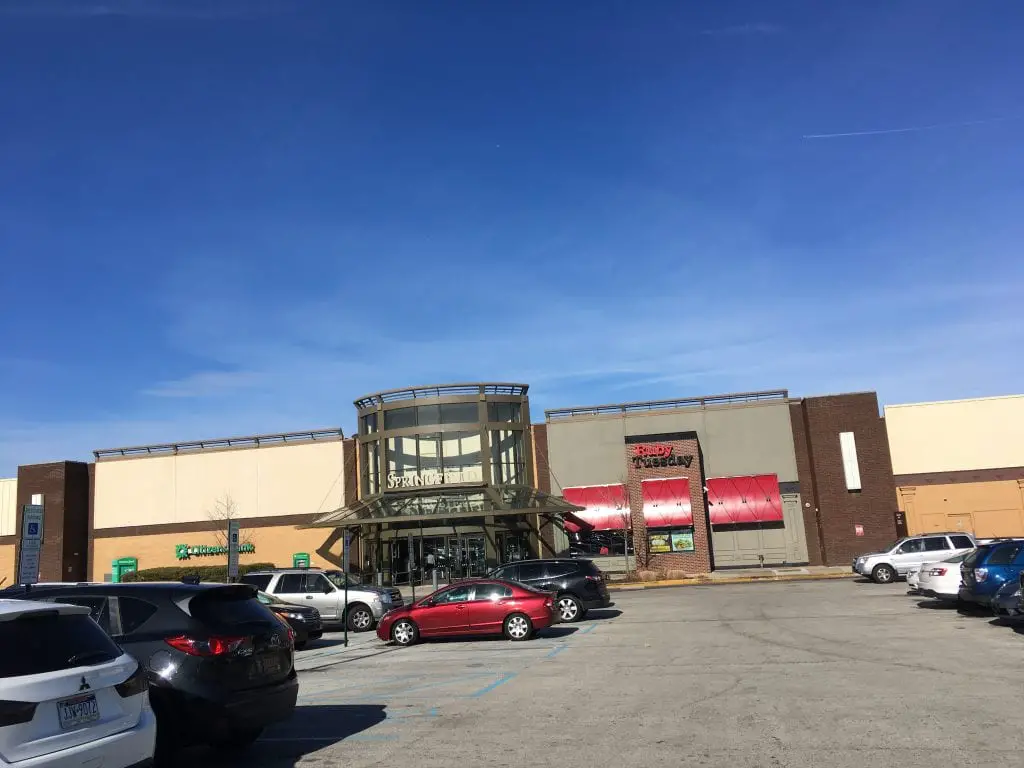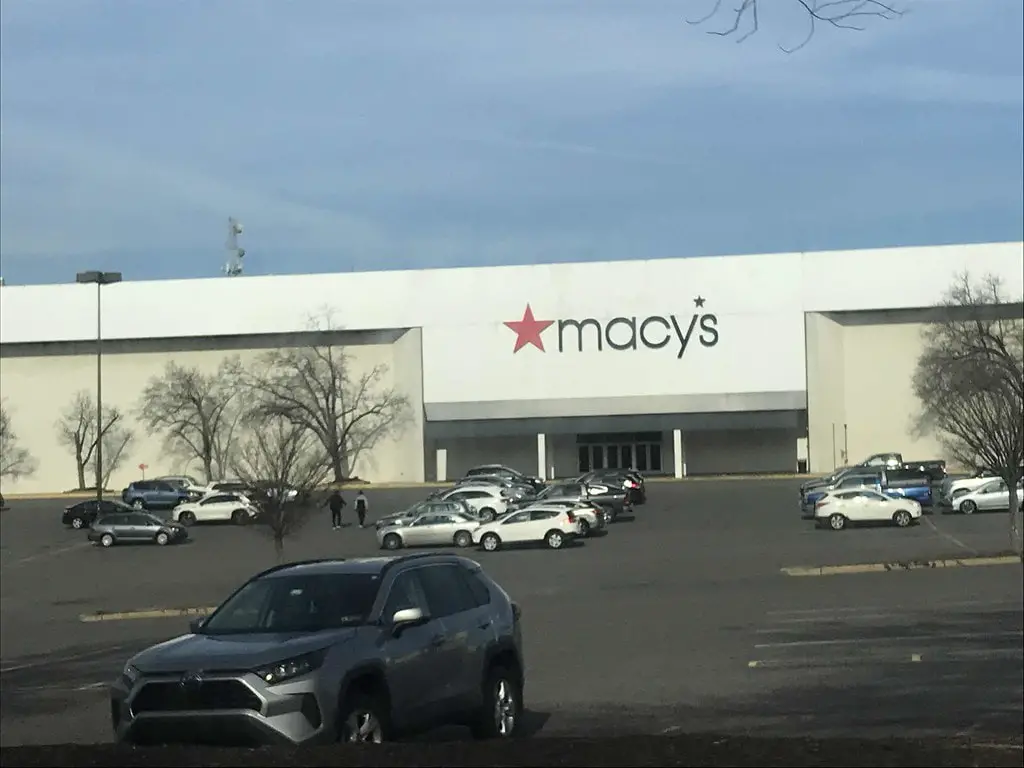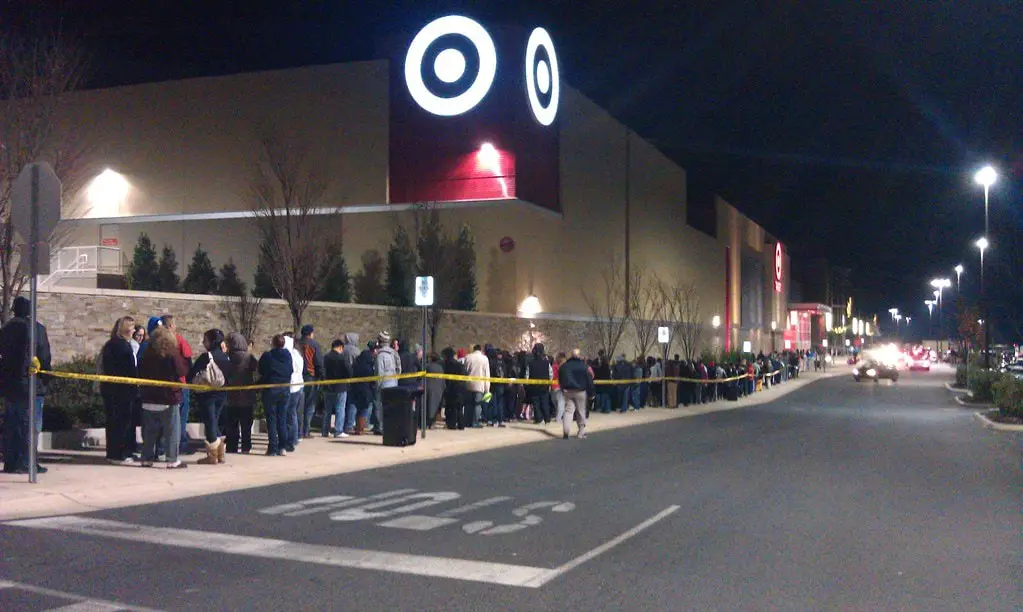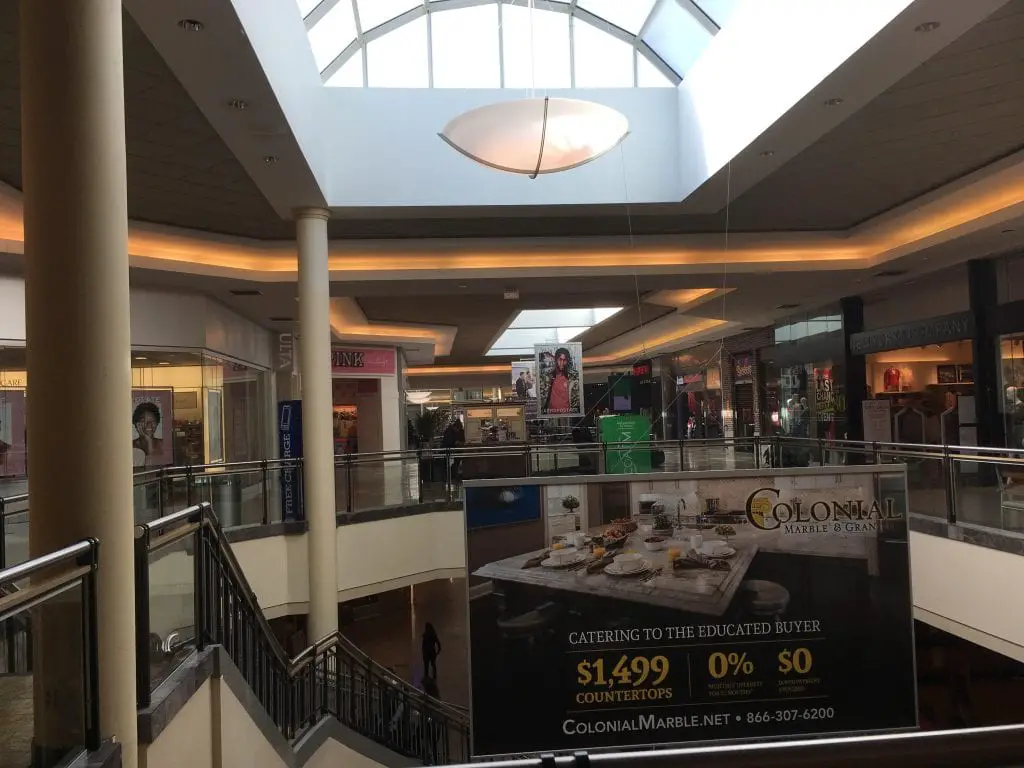The Beginnings of Springfield Mall
The story of Springfield Mall begins on a sunny day in September 1974, when the doors first opened to the bustling crowd of Springfield Township, Delaware County, Pennsylvania. I find it fascinating to consider how this mall, developed by Springfield Associates, quickly became a landmark.
From the start, Springfield Mall set itself apart by housing major retailers such as Bamberger’s and John Wanamaker, brands that symbolized quality and reliability in consumer retail at the time.
The mall initially covered a significant retail space, reflecting the era’s architectural enthusiasm for expansive, welcoming shopping environments.
This design not only catered to shoppers’ needs but also set the stage for the mall to become a central hub for things to do in Springfield, Pennsylvania.
The opening of the Springfield Mall marked a significant development in the local retail landscape. It wasn’t just about shopping but creating a space where the community could gather, engage, and enjoy.
The success of these initial years underscored the community’s acceptance and the developers’ keen understanding of retail trends, which continued to evolve over the decades.
As malls across America face shifts in consumer behavior and economic challenges, reflecting on these beginnings provides valuable insights into the cyclical nature of retail and community interaction.
The Evolution of Retail Giants
The transformation of anchor stores at Springfield Mall provides a clear lens through which to view the broader shifts in the retail landscape.
The initial anchor, Bamberger’s, converted to Macy’s in 1986, marking the beginning of significant retail evolutions within the mall.
This change was part of Macy’s nationwide rebranding strategy to consolidate regional department stores under a single, more recognizable name, enhancing customer loyalty and brand strength.
John Wanamaker, another original anchor, ceased operations in 1995. This space stayed vacant briefly, as Hecht’s soon took over within the same year.
The transition from John Wanamaker to Hecht’s, and subsequently to Strawbridge’s in 1997, reflects the volatile nature of the retail industry during the 1990s, with mergers and acquisitions reshaping the retail scene.
These changes offered new shopping experiences and products, keeping the mall relevant in a rapidly evolving retail sector.
The closure of Strawbridge’s in 2006 and the subsequent opening of Target in 2009 were significant.
These shifts represented brand and retail format changes—from traditional department stores to more contemporary, multi-purpose retail spaces.

Target’s introduction brought a new dynamic to the mall, catering to a more diverse consumer base looking for convenience and variety under one roof.
These transitions highlight how Springfield Mall has mirrored national retail trends, adapting to consumer preferences and economic climates to maintain its relevance and appeal.
Tragic Event and Its Aftermath
On October 30, 1985, Springfield Mall became the site of a tragic incident when Sylvia Seegrist, then 25 years old, opened fire, resulting in three deaths and several injuries.
This event shook the local community and profoundly impacted how malls nationwide approached security measures.
The immediate response involved enhancing surveillance and increasing the presence of security personnel, a practice that has since become standard in shopping centers everywhere.
In the years following, Springfield Mall’s management implemented several safety protocols, including emergency response drills and closer collaborations with local law enforcement. These changes aimed to restore shoppers’ confidence and ensure a safer environment.
The impact of this tragedy also led to a broader discussion on mental health and the need for better community support systems, highlighting how such incidents can catalyze positive societal changes.
Furthermore, this episode led to changes in mall design, incorporating more open and observable spaces to enhance security.
These adaptations show a commitment to evolving shopper safety standards, underscoring the mall’s role as a retail space and a community safeguard.

Economic Challenges and Management Shifts
The acquisition of Springfield Mall by the Pennsylvania Real Estate Investment Trust (PREIT) and Simon Property Group in 2005 for $103.5 million marked a pivotal moment in the mall’s history.
This strategic move was intended to revitalize the mall, drawing on the expertise and resources of these major real estate market players.
Their goal was repositioning Springfield Mall as a competitive entity in the increasingly challenging retail environment.
Despite the initial promise, PREIT faced severe financial struggles in the years following the acquisition.
The economic downturn and significant shifts in consumer shopping behaviors, such as more people turning to online shopping, compounded the challenges.
These factors led to decreased foot traffic and revenue, pushing PREIT to file for Chapter 11 bankruptcy for the first time in 2020.
This was a critical step aimed at restructuring the company’s debt and attempting to stabilize its financial health.
The restructuring efforts continued as PREIT filed for bankruptcy again in late 2023, demonstrating ongoing struggles within the retail sector, specifically within large mall management. The recent emergence from bankruptcy saw significant changes in leadership and business strategy.
PREIT is now managed by a small group of investment firms, indicating a shift towards a more focused and leaner operational model.
This latest phase in management aims to forge a path to recovery, emphasizing financial stability and adapting to the new realities of retail.

Signature Retail Experiences at Springfield Mall
Today, Springfield Mall, still owned jointly by Simon Property Group and the Pennsylvania Real Estate Investment Trust (PREIT), has over 70 stores and services.
The Mall offers diverse shopping options, housing several notable retail brands catering to various tastes and needs.
Anchors
At Springfield Mall, Macy’s and Target are the primary anchor stores, each offering a unique shopping experience that caters to a wide range of consumer needs.
Macy’s, known for its chic apparel, quality home goods, and exclusive beauty products, provides a classic department store experience with a modern twist.
On the other hand, Target offers convenience and variety, from trendy clothing lines and electronics to groceries and household essentials.
Together, these anchors draw a diverse crowd, ensuring that visitors can accomplish much of their shopping in one efficient visit, whether updating their wardrobe, beautifying their living spaces, or stocking up on daily necessities.
Fashion and Apparel
Fashion enthusiasts have much to explore at Springfield Mall, which has a wide range of well-known apparel stores.
American Eagle Outfitters, Aeropostale, and Express provide trendy clothing options for a youthful demographic.
LOFT and Banter by Piercing Pagoda offer sophisticated fashion choices and accessories for a more mature audience.
For those looking for unique and expressive clothing, Hot Topic delivers with its niche pop culture and music-themed apparel.

Specialty Retailers
Build-A-Bear Workshop® is a unique destination where children and adults can create customized stuffed animals, providing a personalized and interactive shopping experience.
Art Expo offers a creative touch, selling fine art supplies and hosting art exhibitions, which attract art lovers and casual shoppers. Books-A-Million serves the bookworms with its extensive collection of books, magazines, and collectibles.
Jewelry and Accessories
For exquisite jewelry options, Kay Jewelers and Joseph Jacob Jewelers are prominent destinations. They offer a range of fine jewelry and watches.
Claire’s caters mostly to a younger demographic with its trendy costume jewelry and accessories. Dakota Watch Co provides a selection of high-quality watches emphasizing durability and style.
Footwear and Sports Apparel
Athletic and casual footwear is well-represented in stores like Foot Locker, Kids Foot Locker, and Champs Sports, which sell shoes and athletic apparel and cater to sports enthusiasts and fashion-conscious shoppers.
Journeys and Kidz offers trendy footwear and accessories for all ages, ensuring every family member finds something to suit their taste.

Beauty and Personal Care
ULTA Beauty delivers a comprehensive beauty shopping experience with a wide range of cosmetics, skincare, and fragrances from high-end and drugstore brands.
Bath & Body Works offers aromatic body care products, home fragrance products, and favorites for gifts and personal pampering.
These stores are among the highlights of Springfield Mall, each providing a distinct shopping experience that helps define the mall’s identity as a diverse and vibrant retail destination.
By offering a mix of well-known brands across different retail categories, Springfield Mall continues to attract a broad spectrum of shoppers looking for quality and variety.
